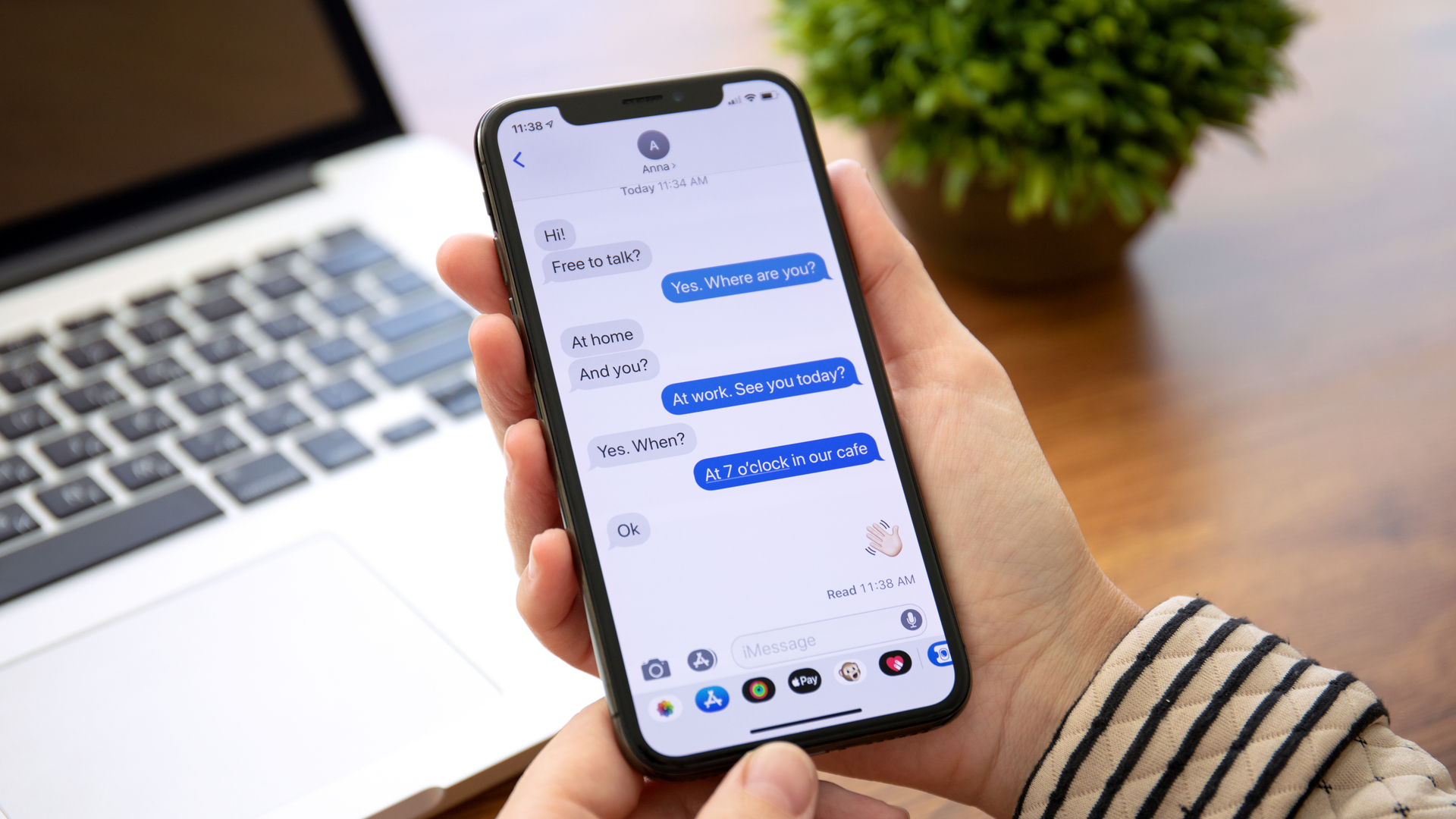iOS 14 notifications bug still hasn't been fixed — and it's been six months
iOS 14 is preventing some notifications from getting through, and a fix is nowhere in sight

iOS 14.5 may be almost here, but iOS 14 is still suffering from a major bug. What’s more, there doesn’t appear to be a solution in sight,
The problem is a notification bug that first turned up last September. The problem is preventing users from seeing messages and calls, and it’s so serious that there’s a 90-page thread on Apple support. But no reliable fix.
- iOS 14.5: All the features coming to your iPhone
- Everything we know about the iPhone 13
- Plus: Siri just leaked Apple event for April 20 — here's what to expect
The interesting thing about the issue is that it’s not preventing calls and messages from coming in. Some Apple Watch owners have noticed that they’ll get notifications on their watch, with nothing appearing on their iPhone.
The support thread is full of various iOS 14 fixes people say work on their iPhone. Some claim that a reboot will bring those notifications back into view, while others claim switching off Bluetooth is the best solution.
Some users even claim that unpairing and re-pairing their Apple Watch seems to have solved the issue. Others believe that iOS 14 is randomly activating the “Hide Alerts” feature, which is preventing the phone from telling you about calls and messages.
If you are suffering from the problem, and want to explore all your avenues, this may be worth trying. Just head to a conversation in Messages, long-press the name or number at the top, and you’ll be able to see the status of the hide alerts option.
But those fixes don’t work for everyone, meaning there could be a much more serious problem here. And since there are comments from the past few days, it appears the issue is still very much ongoing.
Sign up to get the BEST of Tom's Guide direct to your inbox.
Get instant access to breaking news, the hottest reviews, great deals and helpful tips.
ZDent’s Adrian Kingsley-Hughes has personally walked some users through fixes on their own iPhones, to their frustration when the fixes don’t seem to work. One person he spoke to even went to the extreme length of buying a brand new iPhone, only for the problem to rear up within a few weeks.
It’s a weird situation for sure, least of all because the bug has lived on through several updates to iOS 14. It may get fixed with iOS 14.5, but it’s impossible to say for sure. Not unless Apple comes out and announces that a fix to this problem will be included in the next update.
But the question of why it has persisted for so long doesn’t have an obvious answer. Here’s hoping people don’t have to wait until iOS 15 for a solution
- More: iOS 15: Release date, features, spec, and what we want to see

Tom is the Tom's Guide's UK Phones Editor, tackling the latest smartphone news and vocally expressing his opinions about upcoming features or changes. It's long way from his days as editor of Gizmodo UK, when pretty much everything was on the table. He’s usually found trying to squeeze another giant Lego set onto the shelf, draining very large cups of coffee, or complaining about how terrible his Smart TV is.
